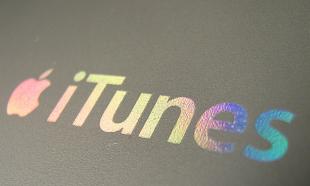Rise of the Pay-Per-Use Model


Before iTunes, music fans were forced to purchase an entire album in order to listen to their one favorite single. Music companies loved this model because they profited from the entire album, even if it only contained one good song.
Birth of Pay-Per-Use
The idea began with Napster, but it was iTunes that really capitalized on the power of a single song. Flipping the music industry on its head, iTunes allowed users to purchase favorite songs and avoid the cost of an entire album. This approach forever changed the music industry and 10 years later, iTunes now controls 38.23% of the overall music market.
Cable Feels the Impact
Major record labels aren’t the only ones affected by the shift from package to pay-per-use. The iTunes model has created a ripple effect in the cable television industry as well. Similarly to the albums of old, cable corporations such as DirectTV require consumers to purchase packages in order to gain access to the one or two channels they require. Barry Diller, an investor for the live-streaming television company Aereo, believes traditional cable companies will implode if they don’t adapt. “The idea of [...] paying thousands of dollars a year for a package of cable channels that you don’t watch, it doesn’t make any sense,” said Diller in a recent TechCrunch article. “90 percent of households end up paying so that 10 percent can watch ESPN.”
eLearning and Pay-Per-Use
At OpenSesame, we believe the shift from packages to pay-per-use applies to more than the entertainment industry. Consumers are sending a clear signal they prefer personalized content matched to their needs and interests, without having to purchase superfluous content as part of a package. As a result, we focus our business on providing quality elearning courses priced on a pay-per-use basis. HR departments and training professionals can:
- Choose from our entire library of more than 20,000 courses - no packaged deals full of undesired courses.
- Buyers only pay for what they actually use, avoiding unused inventory and reducing your elearning spending.
- Courses can be taken on your time for up to a year after purchase.
As the pay-per-use model becomes more prevalent, what other industries do you think will be impacted?
Image credit: fdecomite



